
Historic Railroad Map of Philadelphia, PA - 1858
Description
Philadelphia was established in 1682 at the confluence of the Schuylkill and Delaware Rivers. Philadelphia was the national capital from 1790-1800.
Philadelphia grew rapidly with its port location and by 1857 it had become not only a busy trade center and port, but also was a major railroad hub.
Philadelphia was served by several railroads that all converged here. The West Chester & Philadelphia and North Pennsylvania Railroads were added in the early 1850's.
In the years leading up to the civil war Philadelphia suffered much unemployment and the community was up in arms about a new Sunday liquor ban.
During the winter of 1856, the Delaware River froze from bank to bank and Philadelphians were frantically working to keep the two rivers open. Tragedy struck the ferry boat New Jersey one night as it burst into flames on the icy river drowning dozens. Philadelphia installed a police and fire alarm telegraph system as a result of the disaster.
In the spring of 1856 a hurricane passed over Philadelphia, destroying the roofs of nearly 150 buildings. Later that year Smith, Sickel & Co. invented and introduced their street sweeping machine in Philadelphia.
Another harsh winter in 1857 delayed the opening of the Academy of Music for nearly a week. Philadelphia was buzzing over the new Republican political party amidst a huge financial panic in 1857.
This street map of Philadelphia and vicinity was published in 1858 by S.K. Hoxsie. It shows the streets with the present railroads removed. The red lines show the proposed location of the different railroads entering the city, 1857-58.
Plan No. 2: Map "exhibits the streets with the present railroads removed. Passengers and freight to be delivered in the heart of the city by locomotive power. The red lines show the proposed location of the different railroads entering the city. This is to be done by bridging the River Schuylkill at Callowhill Street, and by tunneling said street to the River Delaware, with passenger depots at Broad street, and freight depots at the Delaware.
The changing the different lines of roads, building an iron bridge, with six tracks, over the Schuylkill, constructing a tunnel with three tracks to Broad Street, and two tracks from Broad Street to the Delaware, erecting a great central passenger depot at Broad Street, and a great central or union freight depot at the River Delaware, as well as exchange depots, engine houses, car shops, etc., at West Philadelphia, to be at the expense of the different railroad companies.
The city and property owners to widen Delaware Avenue to 100 feet from Richmond to League Island, by an extension of the wharves. The railroad companies to lay a double track on the avenue for commission men, shippers, merchants, flour mills, elevated warehouses for grain, etc.
The city and property owners, as above, to open Schuylkill Avenue on the Schuylkill River to a width of 100 feet, as shown on the plan, and the railroad companies to build a tressel work, twelve feet high, from the bridge at Callowhill Street to League Island, and lay three tracks for coal, iron, lumber, livestock, merchandise, etc., and for dropping the coal into the wholesale and retail yards, which are to be located on the Schuylkill, also supplying foundaries, rolling mills, shops, wharves or vessels.
It also exhibits the change of the Navy Yard, the Exchange, Custom House, court houses, post office, and the Philadelphia Market, Dock Street."
Materials
Archival Paper
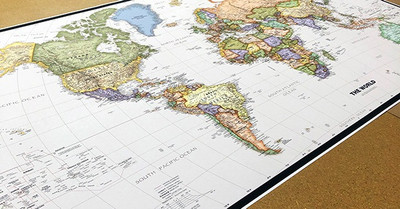
Premium fine art paper that provides accurate color reproduction with high-contrast, high-resolution print output and maximum image permanence. A high-quality print ready for framing.
More
- Museum quality paper for high-quality fine art.
- Ultra smooth, neutral white matte finish.
- Heavy-weight 230 gsm, 9.5 mil thickness.
- Printed with pigment inks for longer print life and enhanced fade resistance.
- Pigment based Canon LUCIA inks provide smooth tones and rich colors in fine, precise detail.
Luster Photo Paper
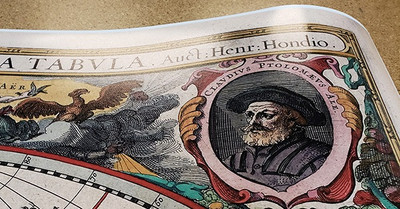
A premium semi-gloss photo paper with a subtle texture that produces a vivid, richly detailed print. This material results in an exquisitely detailed giclee print of substantially higher quality than a standard poster.
More
- Printed on 10 mil premium luster photo paper resulting in a brilliant, colorful image with a vivid life-like quality.
- Pigment based Canon LUCIA inks provide smooth tones and rich colors in fine, precise detail.
- Inks have a lightfastness rating of over 100 years, guaranteeing minimal noticeable fading over a very long period of time.
- Printed using very high resolution source files.
- Giclee printing is superior to traditional lithography in a number of ways: colors are brighter, lasts longer, and is a higher resolution.
Canvas on Wood Rails
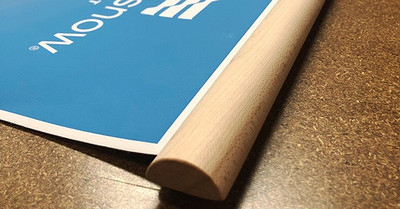
A canvas giclee print is mounted to wooden hanging rails placed along the top and bottom of the map. Ready to hang on the wall using the attached hanging cord. Wood rails feature a natural finish.
More
- Premium 19 mil canvas material.
- Wood rails are 1 1/8" wide, round front.
- USA sourced solid maple wood.
- High quality giclee fine art print with a lightfastness rating of over 100 years.
- Pigment based Canon LUCIA inks provide smooth tones and rich colors in fine, precise detail.
Canvas Gallery Wrap
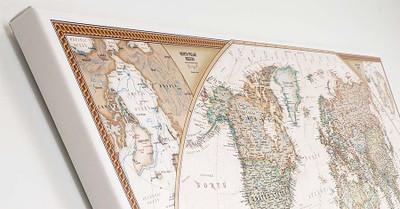
A high quality canvas giclee print is hand stretched over a sturdy wood frame. Printed on demand and handcrafted in Seattle, WA. The canvas gallery wrap serves as a stunning piece of art ready to hang on your wall.
More
- Premium 19 mil canvas material.
- Pigment based Canon LUCIA inks provide smooth tones and rich colors in fine, precise detail.
- High quality giclee fine art print with a lightfastness rating of over 100 years.
- Durable canvas mounted to a 1" deep wood frame.
- Ready to hang with included easy-to-use hanging kit.
Framed Map Print - Black Finish
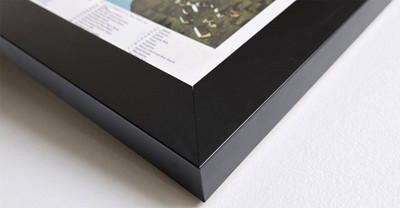
Our gallery quality frames are made of solid wood and feature optical-grade acrylic. Each framed map is printed on premium archival matte fine art paper.
More
- Printed on thick, luxurious acid-free fine art paper & dry-mounted to foam board.
- Pigment inks ensure a vivid print with amazing colors and excellent fade resistance.
- Solid wood frame with a black finish has a 1.25" face & 7/8" depth.
- Kraft paper protective backing & hanging wire installed.
Framed Map Print - Natural Oak Finish
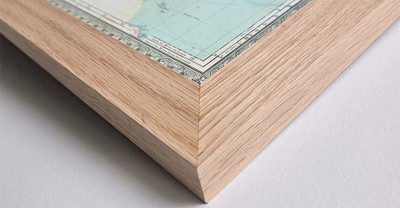
Our gallery quality frames are made of solid wood and feature optical-grade acrylic. Each framed map is printed on premium archival matte fine art paper.
More
- Printed on thick, luxurious acid-free fine art paper & dry-mounted to foam board.
- Pigment inks ensure a vivid print with amazing colors and excellent fade resistance.
- Solid wood frame with a natural oak finish has a 1.25" face & 7/8" depth.
- Kraft paper protective backing & hanging wire installed.
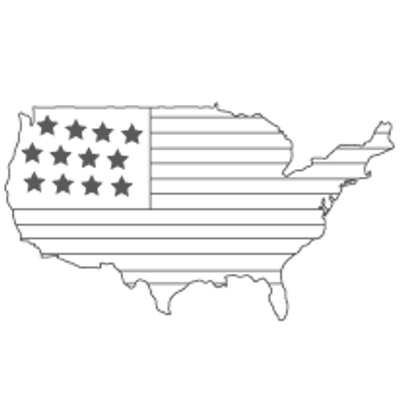
Made In The USA

School Purchase Orders









